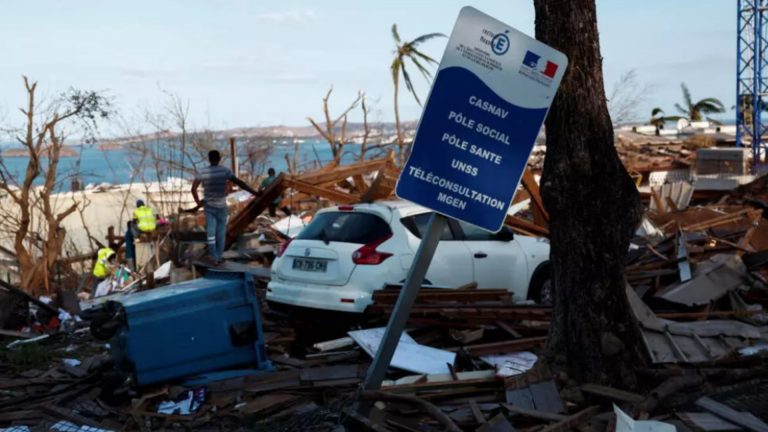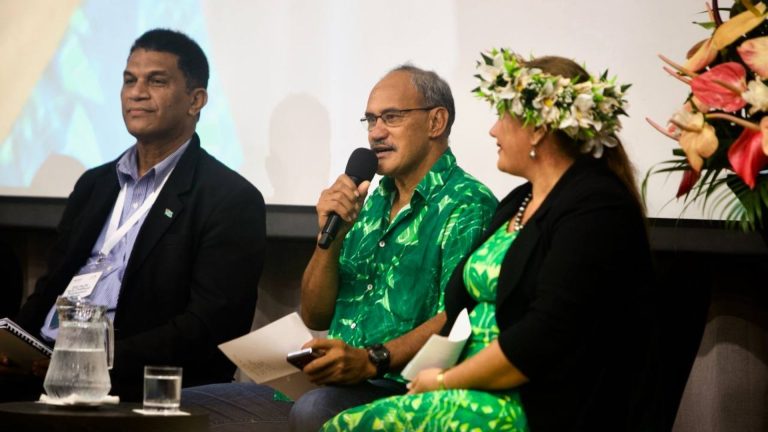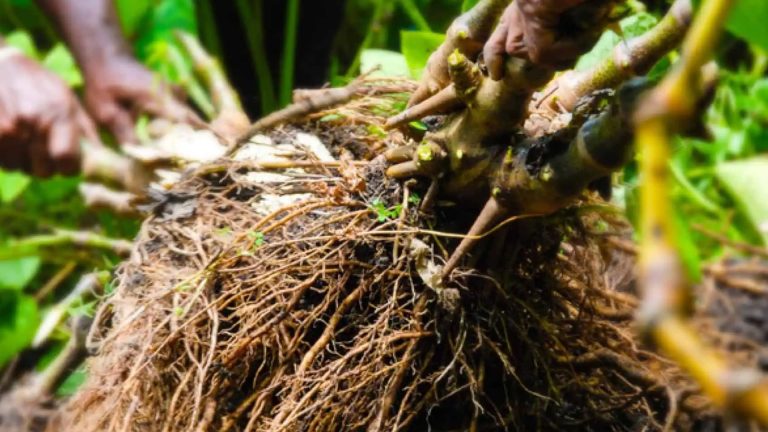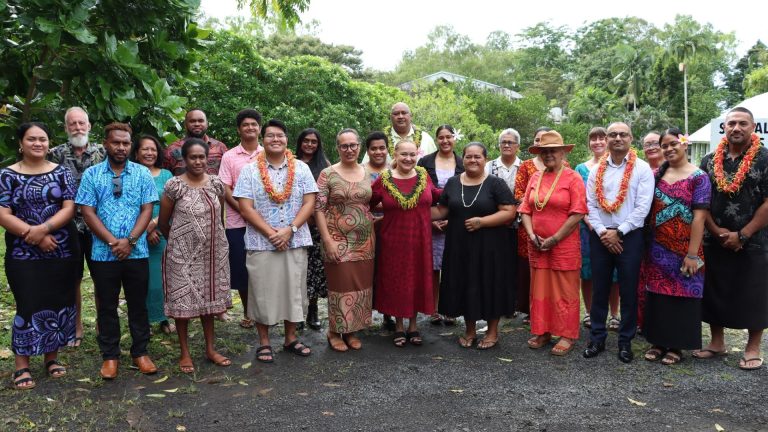Photo by Suryadi/Mongabay Indonesia. Retrieved from news.mongabay.com
Excerpt from news.mongabay.com
The information from Radio Komunitas Lintas Subayang 107.7 FM reaches the remote corners of the Sumatran forest from a small broadcasting house in a market.
“Accessing telecoms and disseminating information used to be a challenge,” said Agustinus Wijayanto, the director of a tiger conservation program in Indonesia’s Riau province.
But that began to change a decade ago after conservation officials, together with WWF and Yapeka, an Indigenous people’s nonprofit, began work on a means of reaching people living within this protected forest in an upland pocket of the Indonesian island of Sumatra.
In 2014, the government zoned off 141,226 hectares (348,977 acres) of forest in Riau province for Bukit Rimbang Baling Wildlife Sanctuary, protecting one of the few remaining habitats of the Sumatran tiger (Panthera tigris sumatrae) in the upland of Riau’s Kampar district.
Tiger subspecies endemic to the Indonesian islands of Java (Panthera tigris sondaica) and Bali (Panthera tigris balica) were both declared extinct during the 20th century as forests on those islands dwindled.
In 2017, the IUCN, the global wildlife conservation authority, declared the Sumatran tiger critically endangered, following decades of killings on Indonesia’s main western island.
The Indigenous people living in the area are largely cut off from society in Riau province, with cellphone reception only available in a handful of more than a dozen communities.






















